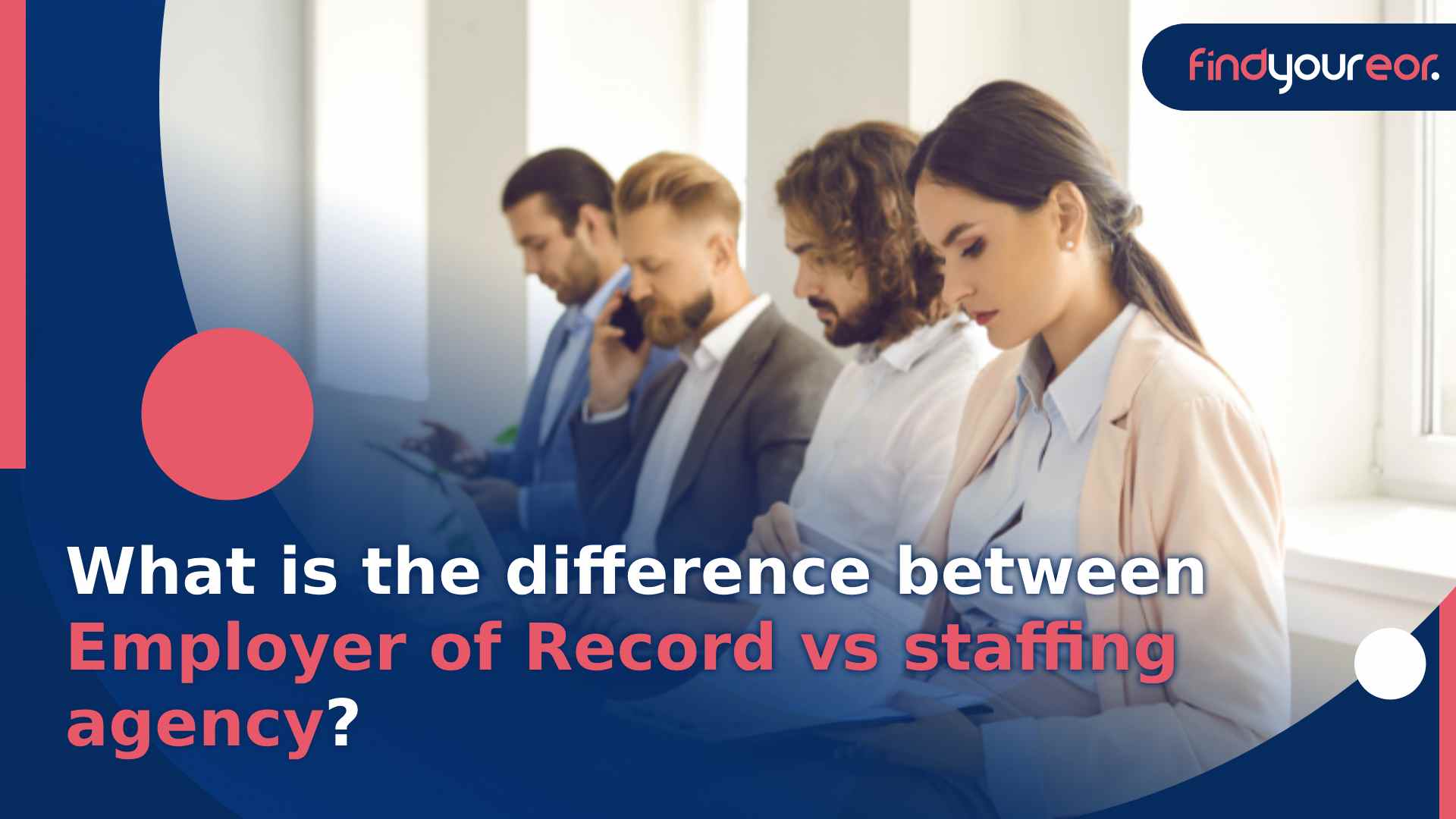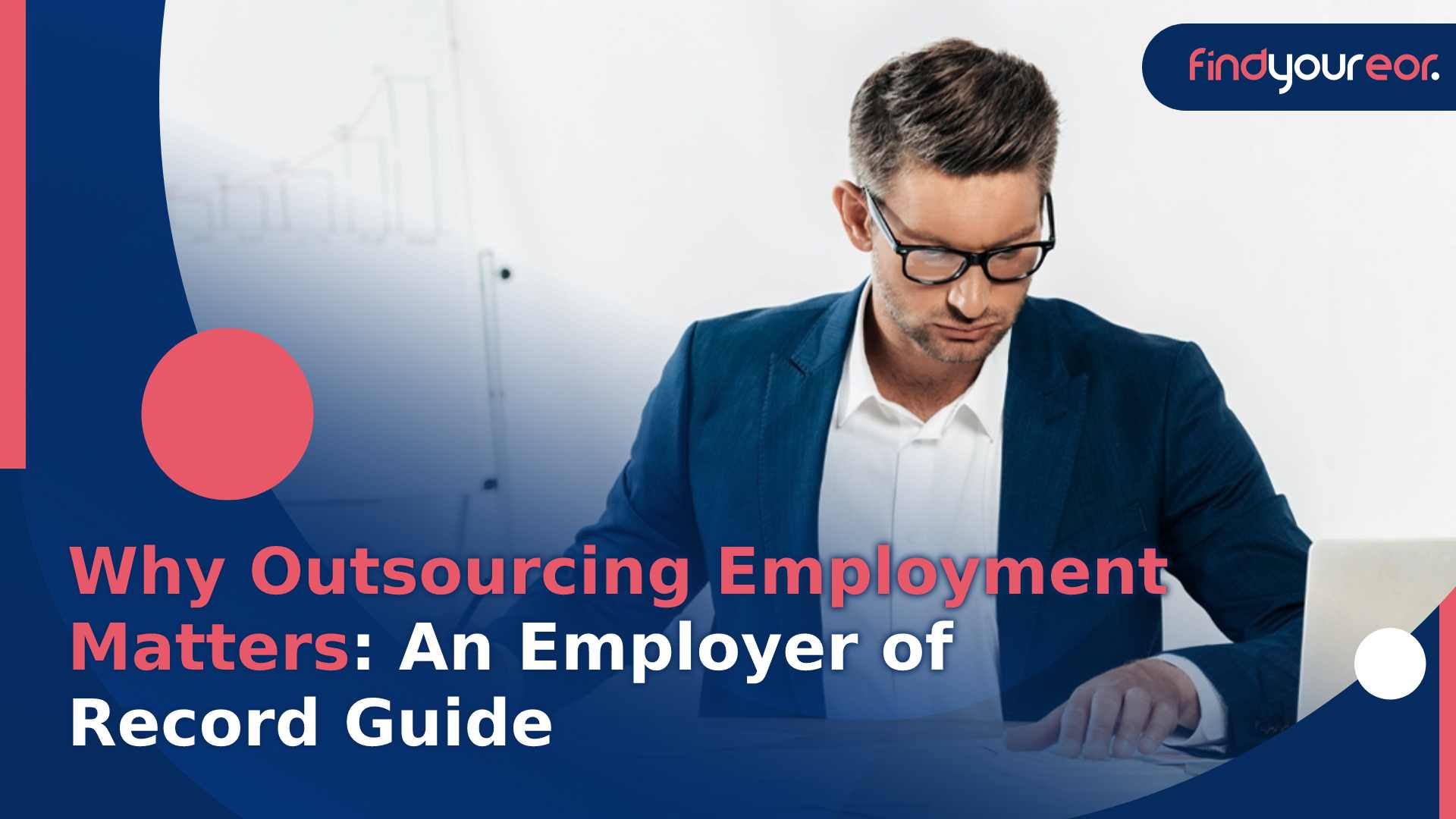Recruitment Funnel: Know All About This Technique
Last update: November 9th 2023
A recruitment funnel is a powerful asset that can assist organizations in locating and luring the most qualified personnel. By using a funnel technique, businesses can define the exact qualifications and experiences that they require from applicants. This can then be used to devise an outreach and recruitment plan aimed at appealing to these individuals.
In this article, we will be giving you all the information you need regarding the recruiting funnel strategy. Using a funnel approach can help to reduce any prejudice during the recruitment process. As it provides everyone with the same opportunity to be evaluated for the position. This makes the recruitment funnel a must-have for any organization that devotes to bringing in the best employees and is serious about having an impartial recruitment process.
What is a recruitment funnel?
Recruitment funnel is the process of identifying, evaluating and engaging potential job candidates for an organization. It is an effective way of sourcing and selecting the best possible talent for a specific job role. The recruitment funnel is typically composed of steps such as job postings, resume screening, interviews, background checks, and final hiring decisions. A successful recruitment funnel can help organizations find the right candidate for the right job in a cost-effective and timely manner.
A recruitment funnel's objective is to:
· Develop exceptional personnel.
· Match the firm and jobseeker accurately.
· Reject unsuitable job candidates.
· Enhance the hiring process productiveness.
· Give a uniform experience to all jobseekers, irrespective of their current progress.
What is funnel analysis in recruitment?
Funnel analysis in recruitment is an analytical technique used to understand the recruitment process and identify areas of improvement. It is a way of tracking a job seeker’s journey from the point of initial contact to the point of hire. It helps you identify where potential candidates are dropping out of the recruitment process. Giving you the opportunity to improve conversion rates and get the best hires for your expanding company.
Funnel analysis involves tracking the metrics associated with each stage of the recruitment process. This includes the number of job openings, applications received, resumes reviewed, interviews scheduled, interviews conducted, offers made, and hires made. Subsequently, by looking at these metrics, you can identify areas where your recruitment process could improve.
For example, if your application-to-interview rate is low, you might want to look at the job ads you are posting and the qualifications you are requiring. If your interview-to-hire rate is low, you might want to examine the questions you are asking in interviews and the job offers you are making. By optimizing each stage of the recruitment funnel, you can make sure you are getting the best candidates for the job.
Key recruiting funnel metrics
Evaluating the effectiveness of a recruitment funnel is essential for avoiding any issues with the hiring process. Keeping an eye on key metrics is the best way to ensure that the funnel is operating as it should be. Several elements need to be kept an eye on, including:
Brand awareness
Many companies use brand recognition as a way to evaluate the outcomes of their recruitment initiatives. Brand recognition is crucial as it allows organizations to understand how recognizable they are in the market and if their message is making an impact on potential job seekers.
One can determine brand recognition through a variety of means, such as surveys, focus groups, and online research. Surveys allow for a large sample size, but come with a cost and often require a considerable amount of time. Focus groups are smaller and more intimate, but can be more prone to bias due to the selection of participants. Lastly, online research is more cost-effective and can access a wider audience. However, it can be difficult to separate the worthwhile data from the noise.
In the end, the most precise way to gauge brand recognition is to utilize a mix of approaches. This to obtain the most comprehensive overview.
Candidate screening
In order to evaluate the effectiveness of the screening of applicants, first review the qualifications and suitability of the applicants. Are they appropriate for the current task? Has each application been filled out fully and competently? If not, you may have to adjust some aspects of the recruitment procedure. By tracking the screening of candidates, you will be able to detect and fix any problems in the process. As a result, this will enable you to enhance your candidate screening process and make it more efficient.
Offer Acceptance Rate
The Offer Acceptance Rate (OAR) is an essential measure to determine the efficacy of your recruitment process. To compute your OAR, divide the number of accepted offers by the number of applicants who advanced to the offer stage. For instance, if 10 offers were made and 6 of them were accepted, then your OAR would be 60%.
The Offer Acceptance Rate (OAR) is a useful tool for evaluating the effectiveness of your recruitment process. A high OAR implies that your job offers are attractive to potential candidates and that you have a good pool of applicants. Conversely, a low OAR suggests that the offers do not meet the expectations of your candidates or that there is a lack of suitable applicants. Thus, monitoring your OAR can help you keep track of the effectiveness of your recruitment funnel.
Diversity
When discussing recruitment funnel metrics, it is important to take diversity in the workplace into account. The Diversity Index is a widely used technique for measuring diversity, and consists of calculating the proportion of individuals from underrepresented groups in a population.
In order to calculate the Diversity Index, one must first identify the target group and then ascertain the percentage of each minority population that is present in that group. For example, when examining the diversity of a company's employees, one should first identify the total number of personnel and then calculate the proportion of each minority group within that staff.
The Diversity Index can be a valuable tool for gauging diversity as it furnishes a straightforward means of comparing different populations. However, it is essential to remember that the Diversity Index does not take into account other factors such as socio-economic standing or region. Therefore, it should be utilized as one piece of information when assessing diversity, rather than the only measure.
Time to hire
One way to quantify time to hire is to calculate the average time it takes to fill a role. Alternatively, one may track the time elapsed from when the job posting is opened to when a candidate accepts an offer.
This metric is a useful tool for finding out where the delays are occurring in your recruitment process. If you are taking too much time to get back to potential employees, or if the authorization process is long, this metric allows you to make the necessary adjustments. By shortening the amount of time it takes to hire someone, you improve your chances of securing the best candidates.
Cost Per Hire
The most common way to measure the cost per hire (CPH) is to take the total expenses of acquiring new employees (including agency fees, advertising, etc.) and divide it by the amount of new hires.
This will provide you with a general understanding of your CPH, but it may be advantageous to analyze the calculation for each step of the hiring process. For instance, if you are expending a large amount on marketing yet not seeing a great deal of suitable applicants submitting an application, you might need to adjust your budget or direct your efforts towards a different demographic.
Gaining insight into your Cost Per Hire at each stage of the recruitment process gives you the information you need to decide how to best utilize your resources.
Know the recruitment funnel stages
The recruitment process involves 7 steps. By progressing through each stage, you can identify the most qualifying applicants, and narrow down the list until only the best remain.
1. Awareness
The initial step in recruitment is creating recognition of your brand. It is essential to note that at this point, job seekers are not actively seeking employment, they just have knowledge of your business and its operations.
The primary objective of awareness-stage marketing is to attract the attention of as many potential candidates as feasible. Also, to entice them to consider your organization as an employer. This can be achieved by utilizing a range of methods, including social media and job fairs. Awareness-stage marketing should be carried out consistently, not merely as and when job openings are advertised.
2. Attraction
Once you have created awareness, it is time to take advantage of it and create interest in the particular role. This is the phase where you need to draw in your target audience with a compelling job advertisement that highlights the benefits of working for your organization and includes pertinent information about the position.
Once you have crafted an ad, it is vital to publish it where your ideal applicants are most likely to view it. This could encompass virtual job boards, career-focused social networks, and web media portals. For some roles, you might contemplate the 'open talent marketplace'. Investing the time to construct a persuasive job ad and post it in the correct places can guarantee that you draw in top-notch prospects to your recruitment funnel.
3. Interest
At the third step of recruitment, "Interest" appears here. This entails responding to any queries potential applicants have about the job, the company, or the group. The objective at this stage is to be responsive to any questions or worries that individuals may have.
4. Application
It is vital to make sure that potential job seekers do not stress with a lengthy or complex application process. By simplifying the process and making it as simple as possible to submit an application, you can reduce one of the major impediments to attracting the best talent.
When sending out automated replies to all job applications, you can guarantee that applicants will have reassurance that their submission has been received and is currently being reviewed.
By providing candidates with information about estimated time frames and steps in the hiring process, you can foster a sense of openness and impartiality throughout the recruitment process.
5. Pre-selection
It is time to begin the process of selecting a suitable individual for the job by assessing the qualifications of the candidates in the applicant pool. Pre-selection will help to reduce the number of people by determining who is most qualifying.
One approach to determine suitable candidates for a job is to administer skill assessments. These evaluations are helpful for distinguishing individuals who possess the skillset and capabilities necessary for the role. Likewise, to eliminate those who do not satisfy the basic qualifications.
By engaging in pre-selection of candidates, companies can save both time and money. As only those who are qualified for the job will be interviewed. Additionally, pre-selection can ensure that the optimal candidates are chosen for the role. As objective assessments of their skills can be go further.
6. Interview
The interview process is a critical part of the recruitment funnel process. Providing employers with an opportunity to find out more about potential candidates. Also, assess if they are a good fit for the job. With increasing remote job positions, it is essential to think about how to approach interviewing for such roles.
A standardized interview system can help to guarantee a level playing field for all applicants. So everyone has an equal opportunity to demonstrate their capabilities. The framework should contain both skill and attitude questions, so employers can evaluate both abilities and compatibility. By utilizing this method, employers can guarantee they are making the most equitable hiring choices.
7. Hiring
The last phase of recruitment marketing funnel is hiring, and it is just as critical as the other steps in the process. Ultimately, the aim of recruitment is to identify the ideal applicant for the position. Also, an offer that does not suit the candidate's needs and preferences is likely to not succeed.
In order to maximize the likelihood of securing a good hire, it is essential to invest the time to uncover the applicant's intentions and ambitions. Find out what the individual is seeking from a new role and what their long-term professional aspirations are. Knowing these details will enable you to formulate an offer that is attractive to the candidate.













